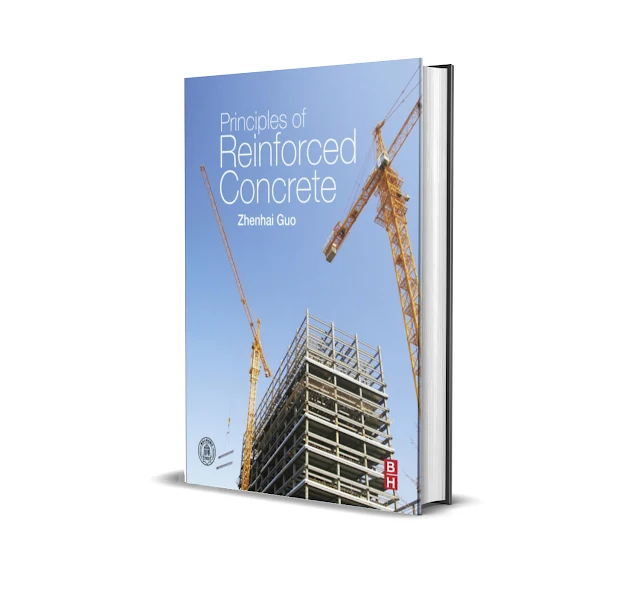Download Principles of Reinforced Concrete Easily In PDF Format For Free.
PREFACE:
Since the first product of reinforced concrete was manufactured and used in structural engineering, only about one hundred years have passed. Compared with soil and timber structure, which is the earliest on earth, used by the original mankind, the masonry structure of stone or brick appeared in the early society of ancient civilizations, and steel and other metal structures developed after the Industrial Revolution, reinforced concrete structure is the youngest one among the structure family.
However, the performance and manufacture technique of reinforced concrete structure are continuously improving and being enhanced, structural configuration and construction get more variety, and the application scope is widely expanded. Now, reinforced concrete structure is the most prosperous one in structural engineering in many countries, especially in China.
The inherent certainty of a combination of reinforcement and concrete is due to themutualcompensation of the behavior of both materials and the advantage of each material is fully utilized. Concrete is the main body of the structural material and has some advantages, e.g. easy manufacturing, utilizing local materials, low investment. However, concrete has lower tensile strength and is fragile and cracks easily.
Therefore, only when the reinforcement of a proper type and quantity is put into the concrete, the strength and ductility of the reinforced concrete structure is improved and enhanced to satisfy the necessary safety and service conditions. In the meantime, the disadvantages of reinforcement, e.g. poor environmental stability, and corrosion and fire resistance, will be overcome when it is buried into concrete. So, reinforcement and concrete can effectively be composed of a structural material with high strength, good integrity, corrosion and fire resistances, and flexible uses.
In addition, concrete is a shapeless substance and can be made into any structure of complicated shape and different sizes, when a proper mold is manufactured and installed. There are so many different reinforced concrete structures which include not only the one-dimensional members, e.g. beam, slab, column, of solid and hollow sections of different shapes, but also the two-dimensional members, e.g. flat plate, slab, wall panel, shear-wall, folded plates, and the three-dimensional, e.g. thin and thick shells and irregular solid, structures.
Reinforced concrete itself is composed of two materials and can also be used as a kind of structural material and combined with other structural materials to compose various composite structures, such as reinforced concrete-steel and reinforced concrete-masonry structures.
Then, more varieties of structure scheme are developed and the adaptability and application scope of it are expanded. As reinforced concrete structure is widely used in engineering practice, the requirement of production accelerates the research work in all aspects.
The plentiful research results on structural scheme and configuration, kind and quality of material, construction technique, mechanical behavior of structural members, design concept and calculation method, construction measures, etc., are achieved and great progress is made as below.









Comments
Post a Comment